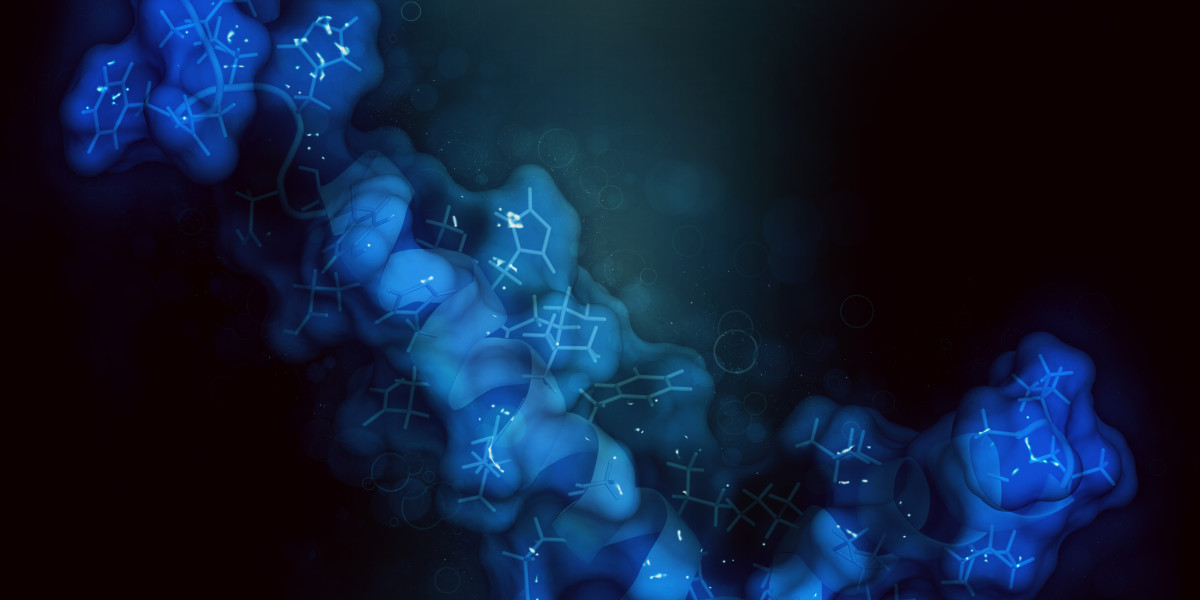Microsomal binding assays are essential techniques widely employed in pharmacokinetics and drug metabolism studies. These assays help researchers understand how drugs interact with liver microsomes, which contain enzymes crucial for drug metabolism. Investigating these interactions can significantly influence the development and optimization of new pharmaceuticals.
What Are Microsomal Binding Assays?
At the core of a microsomal binding assay is the use of hepatic microsomes, which are derived from the liver cells of animals, commonly rats or humans. These microsomes contain a rich collection of enzymes that mimic the metabolic processes occurring in vivo. During the assay, a test compound, typically a new drug candidate, is introduced to these microsomes, allowing researchers to measure the extent to which the drug binds to the microsomal proteins.
By quantifying this binding, scientists can glean vital information about the drug’s potential behavior within the body, including its absorption, distribution, metabolism, and excretion (ADME) properties. The results can influence decisions on optimizing chemical structures to enhance efficacy and reduce potential side effects.
Why Are These Assays Important?
Microsomal binding assays offer numerous advantages in drug development. Firstly, they provide insights into the metabolic stability of a compound. A drug that binds extensively to microsomal proteins may have a longer half-life, affecting its dosing regimen and overall effectiveness. Conversely, drugs that show minimal binding may experience rapid metabolism and elimination, potentially leading to reduced therapeutic effects.
Secondly, these assays help in assessing the likelihood of drug-drug interactions. Many drugs undergo metabolism via the same hepatic enzymes. By evaluating how a new drug binds to these enzymes, researchers can predict potential interactions with other concurrent medications, which is critical for patient safety.
Furthermore, microsomal binding assays facilitate the understanding of the factors influencing bioavailability. Factors such as lipophilicity and molecular size can greatly impact how well a drug is absorbed into the systemic circulation. This information is invaluable when designing drug candidates that maximize therapeutic effects while minimizing adverse reactions.
The Assay Procedure
Typically, a microsomal binding assay involves several straightforward steps. Initially, liver microsomes are prepared through a process of differential centrifugation. The test drug is then incubated with the microsomes under controlled conditions, including temperature, pH, and ionic strength.
Following the incubation phase, unbound drug is separated from bound drug, often utilizing techniques such as filtration or dialysis. The concentration of the drug in both the bound and unbound states is measured, allowing for the calculation of binding affinity and capacity.
Various analytical techniques, including liquid chromatography and mass spectrometry, are commonly employed to quantify drug concentrations accurately. The resulting data provide valuable insights into the binding relationships that highlight the nature of the drug-microsome interactions.
Challenges and Considerations
While microsomal binding assays are powerful tools, they are not without challenges. Variation among individual microsomes, differences in enzyme activity, or the presence of other proteins can affect assay outcomes. Standardization of assay conditions and validation of results with in vivo data are essential to ensure reliability and reproducibility.
Moreover, these assays primarily focus on liver metabolism, which may not capture the full scope of a drug’s pharmacokinetic profile. Researchers often complement microsomal binding assays with additional studies, such as hepatocyte assays or in vivo pharmacokinetic studies, to build a comprehensive understanding of a drug’s behavior.
Conclusion
Microsomal binding assays serve as a cornerstone in the early stages of drug development, providing crucial insights into the pharmacokinetic properties of new pharmaceutical candidates. By understanding how drugs interact with liver microsomes, researchers can refine compounds, predict potential drug-drug interactions, and enhance the overall efficacy and safety of medications. As drug development continues to evolve, the role of microsomal binding assays will remain vital in shaping the landscape of modern therapeutics.








